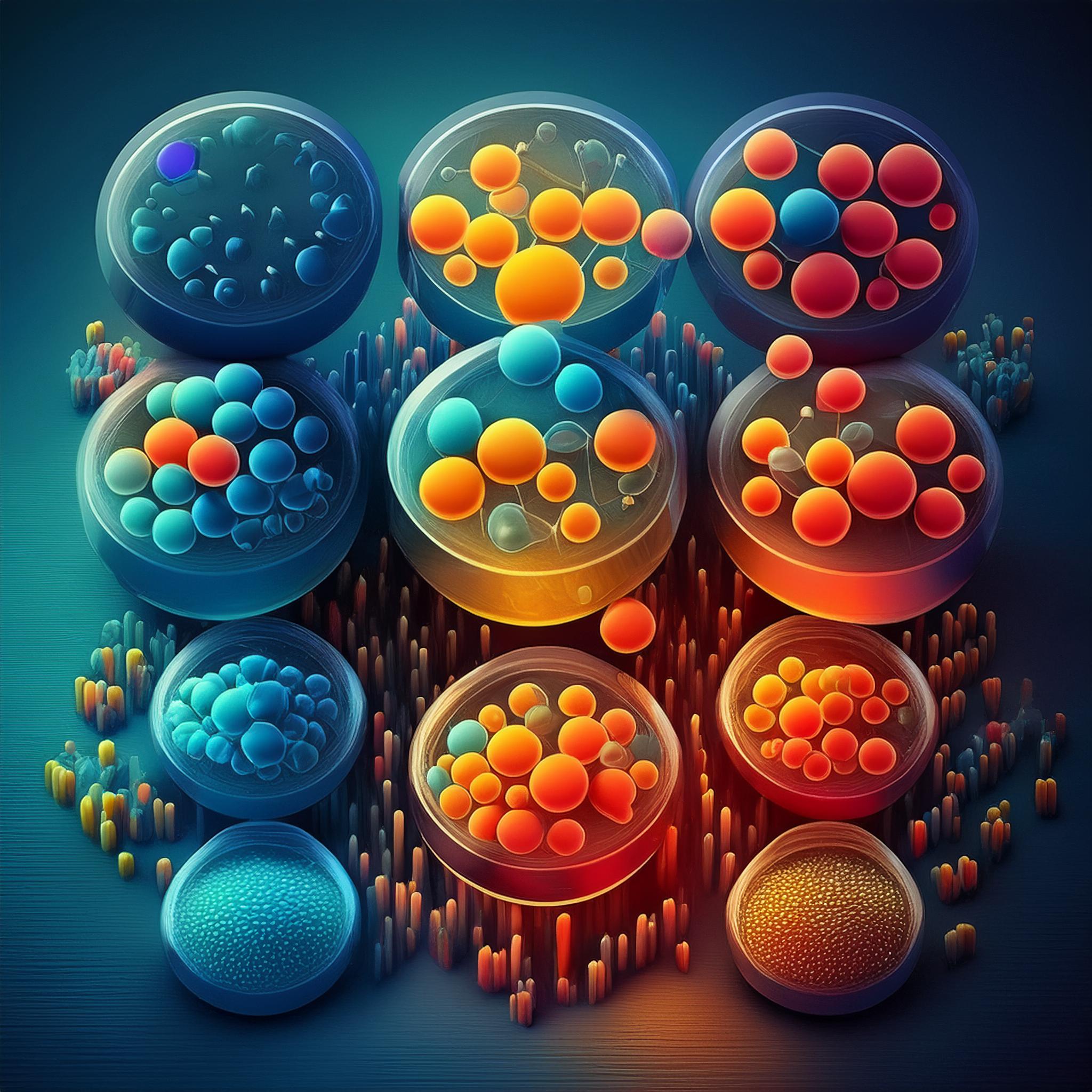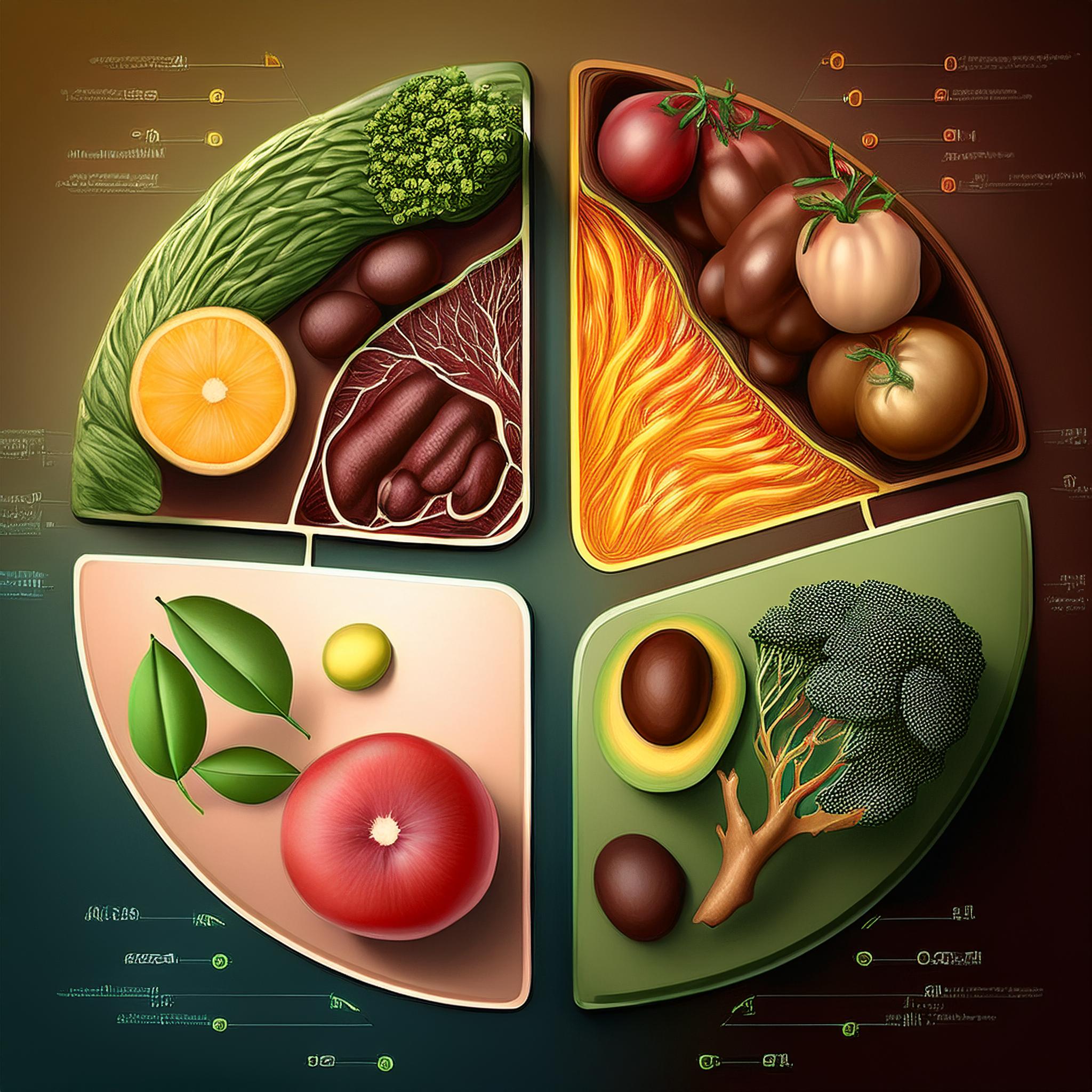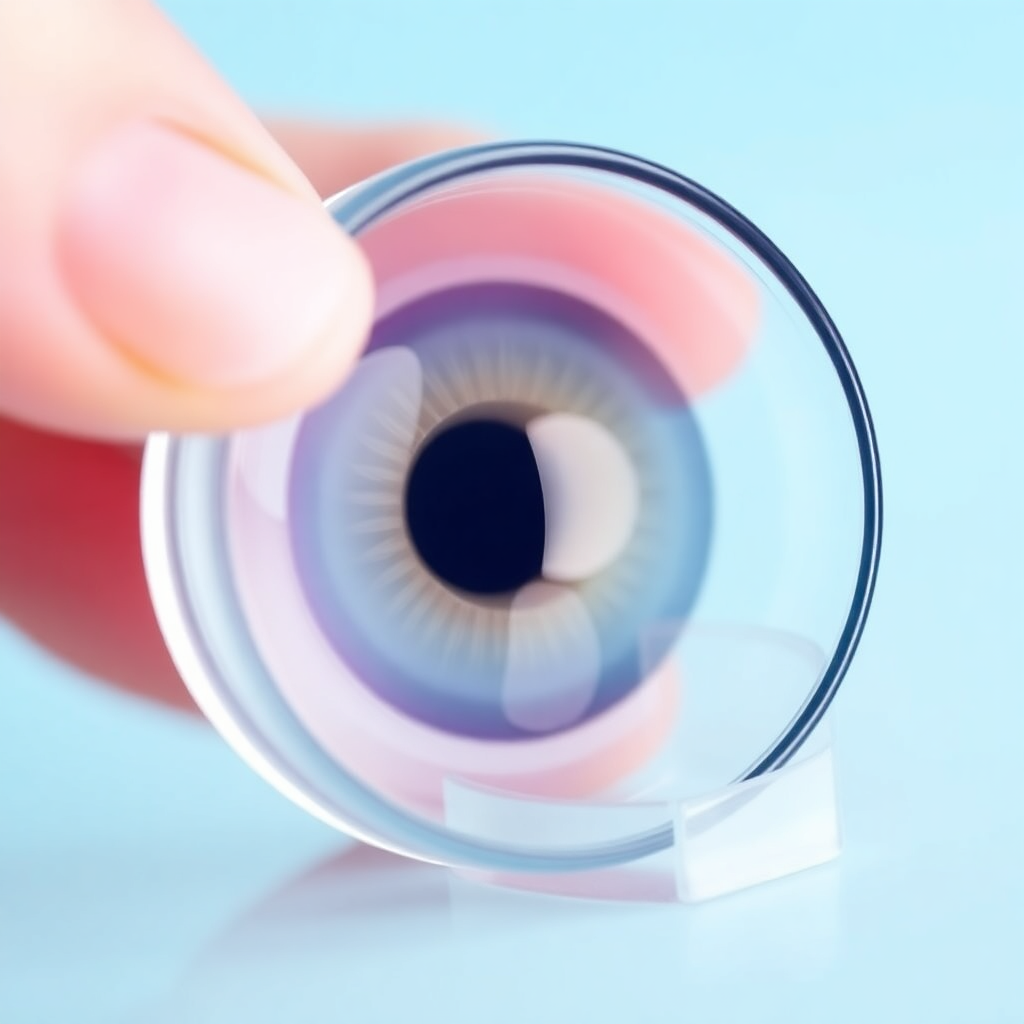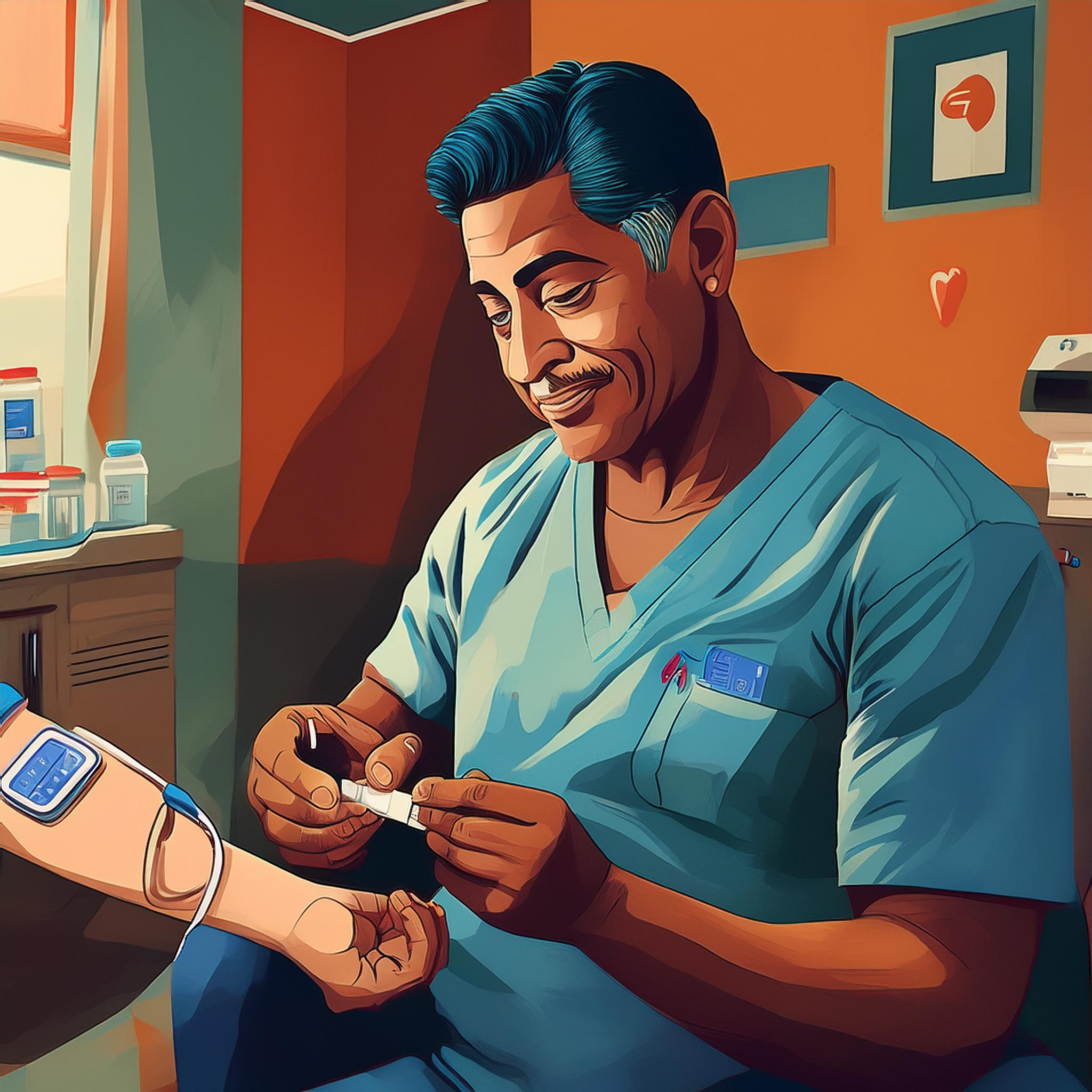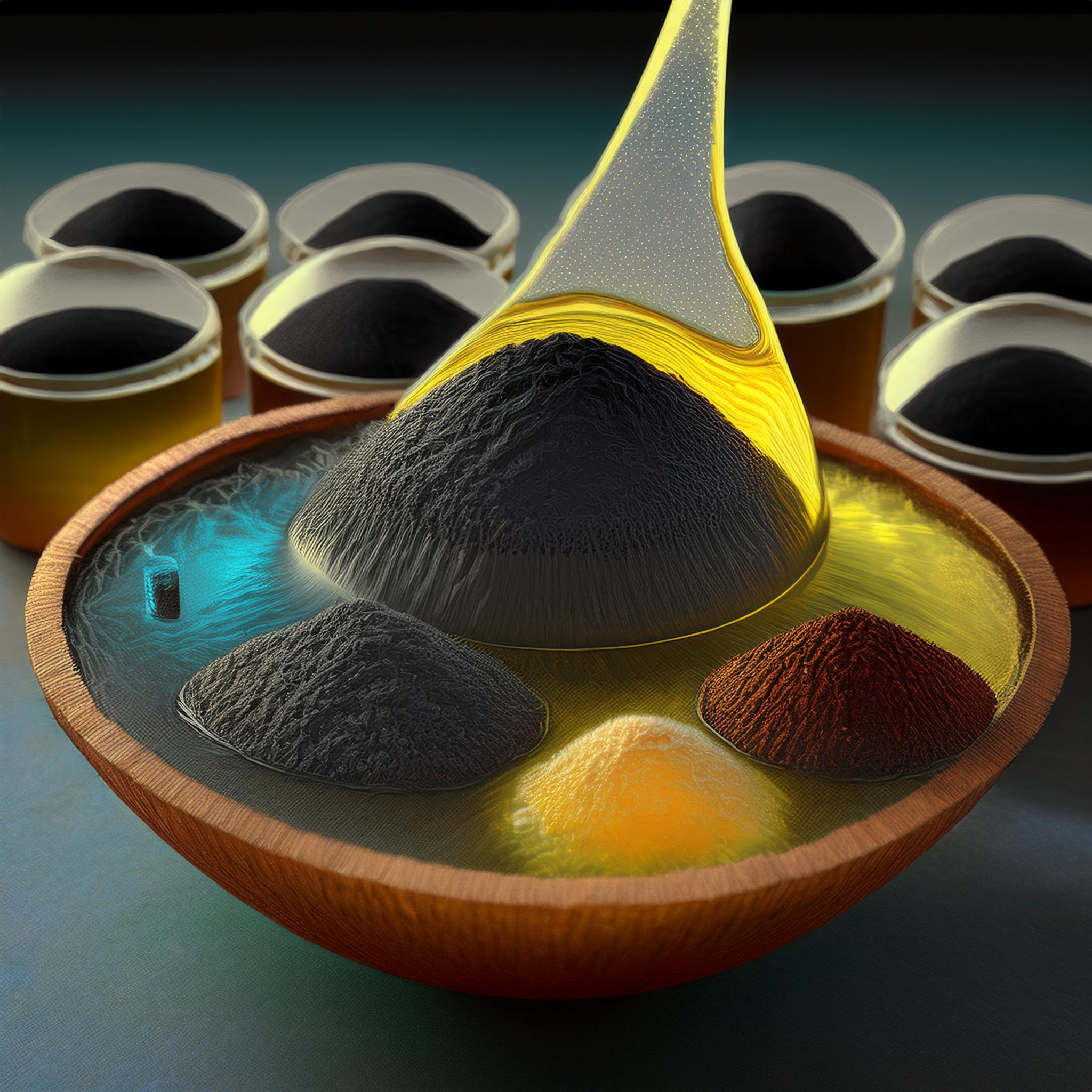The Effect of Dayak Onion Extract (Eleutherine palmifolia (L.) Merr) on Swimming Time and Oxidative Stress Levels in Mice with the Forced Swimming Test Model
Downloads
Excessive physical exercise can increase the occurrence of oxidative stress, which is characterized by cell damage caused by free radicals. Antioxidants found in Dayak Onion such as flavonoids, saponins, tannins, and vitamin C can be used as alternative ingredients to neutralize free radicals. The purpose of this study was to determine the effect of dose and duration of administration of Dayak onion extract on malondialdehyde (MDA) levels in a rat model of the forced gum test, extraction of Dayak onions using 96% ethanol. The type if research is Randomized Pre and Post Test Control Group Design. Male Sprague Dawley rats aged 2 months (weighing 150-200g) were divided into 5 groups: K- (control group, rats not given Dayak Onion extract but underwent forced swimming test), K+ (rats given xanthine and forced swimming test), P1 (rats given Dayak Onion extract at a dose of 50 mg/200 rats body weight/day), P2 (rats given Dayak Onion extract at a dose of 100 mg/200 rats body weight/day), P3 (rats given Dayak Onion extract at a dose of 200 mg/200 rats body weight/day). Dayak Onion extract was administered for 21 days with for 21 days with forced swimming test treatment, and changes in MDA levels were observed. The results showed that the administration of Dayak onion extract at a dose of 50 mg/200 rats/day, 100 mg/200 rats/day, and 200 mg/200 rats/day had an effect on preventing the increase in MDA, but at a dose of 200 mg/200 rats mice/day is the optimal dose. The conclusion is administration of Dayak Onion (Eleutherine palmifolia (L.) Merr) significantly decreased MDA levels in male Sprague Dawley rats with forced swimming test model.
Abbasi-Maleki, S., Kadkhoda, Z., & Taghizad-Farid, R. (2020). The antidepressant-like effects of Origanum majorana essential oil on mice through monoaminergic modulation using the forced swimming test. Journal of Traditional and Complementary Medicine, 10(4), 327–335. https://doi.org/10.1016/j.jtcme.2019.01.003
Andrés, C. J., Manuel Pérez de la Lastra, J., Plou, F. J., Pérez-Lebeña, E., & Reinbothe, S. (2021). Molecular Sciences The Chemistry of Reactive Oxygen Species (ROS) Revisited: Outlining Their Role in Biological Macromolecules (DNA, Lipids and Proteins) and Induced Pathologies. Int. J. Mol. Sci, 22, 4642. https://doi.org/10.3390/ijms22094642
Arazi, H., Eghbali, E., & Suzuki, K. (2021). Creatine supplementation, physical exercise and oxidative stress markers: A review of the mechanisms and effectiveness. Nutrients, 13(3), 1–17. https://doi.org/10.3390/nu13030869
Asih, G. Y., Widhiastuti, H., & Dewi, R. (2018). Stress Kerja. Seamrang: Semarang University Press
Aversa, R., Petrescu, R. V. V., Apicella, A., & Petrescu, F. I. T. (2016). One can slow down the aging through antioxidants. American Journal of Engineering and Applied Sciences, 9(4), 1112–1126. https://doi.org/10.3844/ajeassp.2016.1112.1126
Brancaccio, M., Mennitti, C., Cesaro, A., Fimiani, F., Moscarella, E., Caiazza, M., Gragnano, F., Ranieri, A., D’Alicandro, G., Tinto, N., Mazzaccara, C., Lombardo, B., Pero, R., Limongelli, G., Frisso, G., Calabrò, P., & Scudiero, O. (2020). Dietary thiols: A potential supporting strategy against oxidative stress in heart failure and muscular damage during sports activity. International Journal of Environmental Research and Public Health, 17(24), 9424. https://doi.org/10.3390/ijerph17249424
Chen, X. J., Zhang, X. J., Shui, Y. M., Wan, J. B., & Gao, J. L. (2016). Anticancer Activities of Protopanaxadiol- and Protopanaxatriol-Type Ginsenosides and Their Metabolites. Evidence-Based Complementary and Alternative Medicine, 2016, (5738694). https://doi.org/10.1155/2016/5738694
Dewi, P. R. P., Hairrudin, & Normasari, R. (2016). Pengaruh Stres Fisik terhadap Kadar Kreatinin Serum Tikus Wistar Jantan (Rattus norvegicus). Jurnal Pustaka Kesehatan, 4(2), 218–221. Retrieved from https://jurnal.unej.ac.id/index.php/JPK/article/view/3005
Gomes, E. C., Silva, A. N., & Oliveira, M. R. De. (2012). Oxidants, antioxidants, and the beneficial roles of exercise-induced production of reactive species. Oxidative Medicine and Cellular Longevity, 2012(756132). https://doi.org/10.1155/2012/756132
Hendrawan, Y., Herdiningsih, E. H., Maharani, D. M., & Hawa, L. C. (2020). Effect of ultrasonic assisted extraction on Dayak onion powder extraction (Eleutherine palmifolia). IOP Conference Series: Earth and Environmental Science, 475(1). https://doi.org/10.1088/1755-1315/475/1/012015
Higgins, M. R., Izadi, A., & Kaviani, M. (2020). Antioxidants and exercise performance: with a focus on vitamin e and c supplementation. International Journal of Environmental Research and Public Health, 17(22), 1–26. https://doi.org/10.3390/ijerph17228452
Kruk, J., & Duchnik, E. (2014). Oxidative stress and skin diseases: Possible role of physical activity. Asian Pacific Journal of Cancer Prevention, 15(2), 561–568. https://doi.org/10.7314/APJCP.2014.15.2.561
Krzeszowiak, J., Zawadzki, M., Markiewicz-Górka, I., Kawalec, A., & Pawlas, K. (2014). The influence of 9-day trekking in the Alps on the level of oxidative stress parameters and blood parameters in native lowlanders. Annals of Agricultural and Environmental Medicine, 21(3), 585–589. https://doi.org/10.5604/12321966.1120607
Li, Z., Zhu, H., Hua, H., Liu, C., Cheng, Y., Guo, Y., ... & Qian, H. (2022). Anti-fatigue activity of Brassica rapa L. extract and correlation among biochemical changes in forced swimming mice. Food Bioscience, 47, 101633. https://doi.org/10.1016/j.fbio.2022.101633
Malendes, M. A., & Bunyamin, H. (2017). Analisa perbandingan dan implementasi algoritma DNA pairwise sequence alignment Needleman-Wunsch dan Lempel-Ziv. Jurnal Teknik Informatika dan Sistem Informasi, 3(1), 57-68.
Mattioli, A. V., Sciomer, S., Cocchi, C., Maffei, S., & Gallina, S. (2020). Quarantine during COVID-19 outbreak: Changes in diet and physical activity increase the risk of cardiovascular disease. Nutrition, Metabolism and Cardiovascular Diseases, 30(9), 1409–1417. https://doi.org/10.1016/j.numecd.2020.05.020
Morales, M., & Munné-Bosch, S. (2019). Malondialdehyde: Facts and artifacts. Plant Physiology, 180(3), 1246–1250. https://doi.org/10.1104/pp.19.00405
Muti’ah, R., Listiyana, A., Nafisa, B. B., & Suryadinata, A. (2020). Kajian Efek Ekstrak Umbi Bawang Dayak (Eleutherine palmifolia (L.) Merr) sebagai Antikanker. Journal of Islamic Pharmacy, 5(2), 14–25. https://doi.org/10.18860/jip.v5i2.9778
Panche, A. N., Diwan, A. D., & Chandra, S. R. (2016). Flavonoids: an overview. Journal of nutritional science, 5, e47. https://doi.org/10.1017/jns.2016.41
Pingitore, A., Lima, G. P. P., Mastorci, F., Quinones, A., Iervasi, G., & Vassalle, C. (2015). Exercise and oxidative stress: Potential effects of antioxidant dietary strategies in sports. Nutrition, 31(7–8), 916–922. https://doi.org/10.1016/j.nut.2015.02.005
Pittaluga, M., Sgadari, A., Dimauro, I., Tavazzi, B., Parisi, P., & Caporossi, D. (2015). Physical exercise and redox balance in type 2 diabetics: Effects of moderate training on biomarkers of oxidative stress and DNA damage evaluated through comet assay. Oxidative Medicine and Cellular Longevity, 2015(981242). https://doi.org/10.1155/2015/981242
Poletta, G. L., Simoniello, M. F., & Mudry, M. D. (2016). Biomarkers of oxidative damage and antioxidant defense capacity in Caiman latirostris blood. Comparative Biochemistry and Physiology Part - C: Toxicology and Pharmacology, 179, 29–36. https://doi.org/10.1016/j.cbpc.2015.08.003
Qi, B., Liu, L., Zhang, H., Zhou, G. X., Wang, S., Duan, X. Z., Bai, X. Y., Wang, S. M., & Zhao, D. Q. (2014). Anti-fatigue effects of proteins isolated from Panax quinquefolium. Journal of Ethnopharmacology, 153(2), 430–434. https://doi.org/10.1016/j.jep.2014.02.045
Rachmania, R. A., Dwitiyanti, D., Iriansyah, Q. W., & Putri, F. F. (2021). Potensi Fraksi Kayu Secang (Caesalpinia sappan L.) terhadap Penghambatan Xantin Oksidase dalam Menurunkan Kadar Asam Urat pada Hiperurisemia. PHARMACY: Jurnal Farmasi Indonesia (Pharmaceutical Journal of Indonesia), 18(1), 21-33. http://dx.doi.org/10.30595/pharmacy.v18i1.8085
Riyana, A., Fathurrahman, F., & Roebiakto, E. (2022). Javanese Ginseng Root Extract (Talinum Paniculatum (Jacq) Gaertn) to Increase Superoxide Dismutase Activities in White Male Sprague Dawley Rats by Using a Forced Swimming Test Model. Tropical Health and Medical Research, 5(1), 54–60. https://doi.org/10.35916/thmr.v4i1.80
Riyana, A., Mudigdo, A., & Wasita, B. (2019, June). The effects of ginseng java roots (Talinum paniculatum) extract on Malondialdehyde (MDA) levels in male white sprague dawley rats with forced swimming test model. In IOP Conference Series: Materials Science and Engineering, 546(6). https://doi.org/10.1088/1757-899X/546/6/062025
Sari, L. M. (2018). Apoptosis: Mekanisme Molekuler Kematian Sel. Cakradonya Dental Journal, 10(2), 65–70. https://doi.org/10.24815/cdj.v10i2.11701
Singh, Z., Karthigesu, I. P., Singh, P., & Kaur, R. (2014). Use of malondialdehyde as a biomarker for assessing oxidative stress in different disease pathologies: A review. Iranian Journal of Public Health, 43(3), 7–16.
Souza-Silva, A. A., Moreira, E., de Melo-Marins, D., Schöler, C. M., de Bittencourt, P. I. H., & Laitano, O. (2016). High intensity interval training in the heat enhances exercise-induced lipid peroxidation, but prevents protein oxidation in physically active men. Temperature, 3(1), 167–175. https://doi.org/10.1080/23328940.2015.1132101
Westerterp, K. R. (2013). Physical activity and physical activity induced energy expenditure in humans: measurement, determinants, and effects. Frontiers in physiology, 4, 90. https://doi.org/10.3389/fphys.2013.00090
Wigati, D., & Rahardian, R. R. (2018). Penetapan Standarisasi Non Spesifik Ekstrak Etanol Hasil Perkolasi Umbi Bawang Dayak (Eleutherine Palmifolia (L.)Merr). JIFFK : Jurnal Ilmu Farmasi Dan Farmasi Klinik, 15(2), 36-40. https://doi.org/10.31942/jiffk.v15i2.2564
Yuswi, N. C. R. (2017). Ekstraksi antioksidan bawang Dayak (Eleutherine palmifolia) dengan metode ultrasonic bath (kajian jenis pelarut dan lama ekstraksi). Jurnal Pangan dan Agroindustri, 5(1), 5(1), 71–79.
Zuraida, Z., Yerizel, E., & Anas, E. (2015). Pengaruh Pemberian Ekstrak Rosella (Hibiscus sabdariffa Linn) Terhadap Kadar Malondialdehid dan Aktivitas Katalase Tikus yang Terpapar Karbon Tetraklorida. Jurnal Kesehatan Andalas, 4(3), 795– 802. https://doi.org/10.25077/jka.v4i3.366
Copyright (c) 2023 JURNAL INFO KESEHATAN

This work is licensed under a Creative Commons Attribution-NonCommercial-ShareAlike 4.0 International License.
Copyright notice
Ownership of copyright
The copyright in this website and the material on this website (including without limitation the text, computer code, artwork, photographs, images, music, audio material, video material and audio-visual material on this website) is owned by JURNAL INFO KESEHATAN and its licensors.
Copyright license
JURNAL INFO KESEHATAN grants to you a worldwide non-exclusive royalty-free revocable license to:
- view this website and the material on this website on a computer or mobile device via a web browser;
- copy and store this website and the material on this website in your web browser cache memory; and
- print pages from this website for your use.
- All articles published by JURNAL INFO KESEHATAN are licensed under the Creative Commons Attribution 4.0 International License. This permits anyone to copy, redistribute, remix, transmit and adapt the work provided the original work and source is appropriately cited.
JURNAL INFO KESEHATAN does not grant you any other rights in relation to this website or the material on this website. In other words, all other rights are reserved.
For the avoidance of doubt, you must not adapt, edit, change, transform, publish, republish, distribute, redistribute, broadcast, rebroadcast or show or play in public this website or the material on this website (in any form or media) without appropriately and conspicuously citing the original work and source or JURNAL INFO KESEHATAN prior written permission.
Permissions
You may request permission to use the copyright materials on this website by writing to jurnalinfokesehatan@gmail.com.
Enforcement of copyright
JURNAL INFO KESEHATAN takes the protection of its copyright very seriously.
If JURNAL INFO KESEHATAN discovers that you have used its copyright materials in contravention of the license above, JURNAL INFO KESEHATAN may bring legal proceedings against you seeking monetary damages and an injunction to stop you using those materials. You could also be ordered to pay legal costs.
If you become aware of any use of JURNAL INFO KESEHATAN copyright materials that contravenes or may contravene the license above, please report this by email to jurnalinfokesehatan@gmail.com
Infringing material
If you become aware of any material on the website that you believe infringes your or any other person's copyright, please report this by email to jurnalinfokesehatan@gmail.com.


